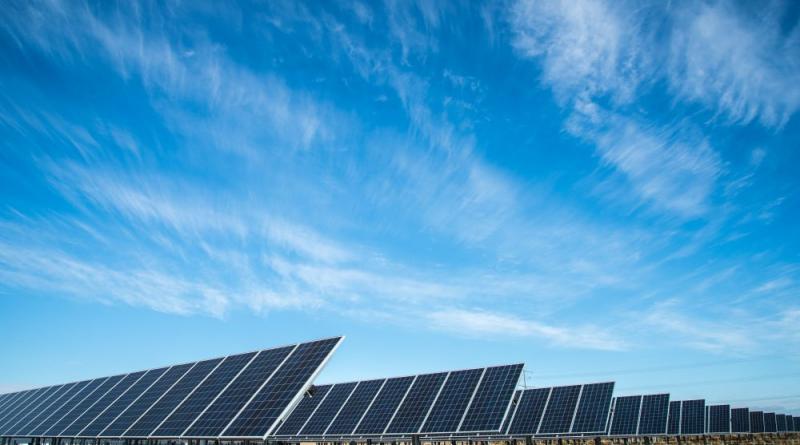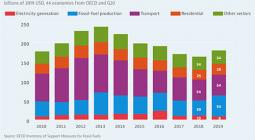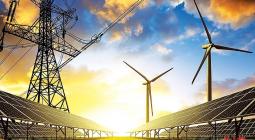IEA publishes new report highlighting different pathways out of the global crisis.

The World Energy Outlook (WEO) 2020 provides the latest International Energy Agency’s (IEA) analysis of the pandemic’s impact.
The report predicts that global energy demand is set to drop by 5 percent in 2020, energy-related CO2 emissions by 7 percent, and energy investment by 18 percent.
The WEO’s established approach for the report was to compare different scenarios that show how the energy sector can develop.
The commonality between all the scenarios is that “renewables take starring roles in all our scenarios, with solar centre stage,” said IEA.
The Stated Policies Scenario (STEPS) see’s Covid-19 gradually brought under control in 2021, with the global economy returning to pre-crisis levels the same year. This scenario reflects all of today’s announced policy intentions and targets, insofar as they are backed up by detailed measures for their realisation.
This scenario sees renewables meet 80 percent of global electricity demand growth over the next decade. IEA predicts that hydropower remains the largest renewable source, but that solar is the main source of growth followed by onshore and offshore wind. They also predict that fossil fuels will decrease by 80 percent by 2040.
The Delayed Recovery Scenario (DRS) have the same policy assumptions as in STEPS, but in a prolonged pandemic. The global economy only returns to pre-crisis size in 2023, and the pandemic ushers in a decade with the lowest rate of energy demand growth since the 1930’s. Large falls in investment increase the risk of future market volatility.
The Sustainable Development Scenario (SDS) sees a surge in clean energy policies and investment, putting energy system on track to achieve sustainable energy objectives in full. The assumptions on public health and the economy are the same as in the STEPS. This includes the complete implementation of the IEA Sustainable Recovery Plan which moves the global economy onto a different post-crisis path. The next 10 years would see a major scaling up of hydrogen and carbon capture, utilisation and storage, and new momentum behind nuclear power.
Finally, the new Net Zero Emissions by 2050 case (NZE2050) extends the SDS analysis to include the first detailed IEA modelling of what would be needed in the next ten years to put global CO2 emissions on track for net zero by 2050. This ambitious scenario sees the entire world being net zero by 2070.
Dr. Fatih Birol, IEA Executive Director, said: “I see solar becoming the new king of the world’s electricity markets. Based on today’s policy settings, it is on track to set new records for deployment every year after 2022."
“If governments and investors step up their clean energy efforts in line with our SDS, the growth of both solar and wind would be even more spectacular – and hugely encouraging for overcoming the world’s climate challenge.”
The WEO-2020 shows that strong growth of renewables needs to be paired with robust investment in electricity grids. Without enough investment, grids will prove to be a weak link in the transformation of the power sector, with implications for the reliability and security of electricity supply.
Dr. Birol argues that without a large shift in government policies, the era of global oil demand growth will not end.
To read the report in full click here,
15 October 2020
Climate Action




